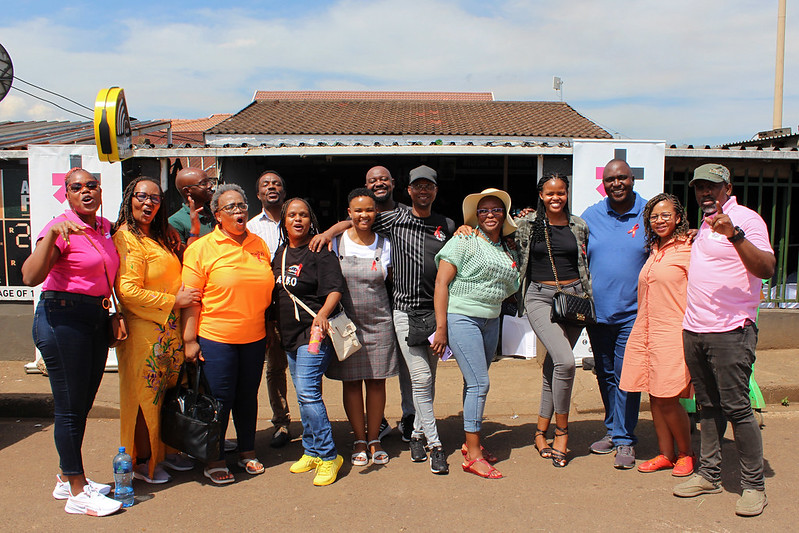Prevention and Development: HIV in Eswatini
 The priority of health and well-being is a privilege not all nations can embrace. Eswatini, located in the Southwest of the African continent, has faced significant setbacks in its quest for a healthier nation due to the devastating effects of an HIV epidemic in recent years. With a population of roughly 1.2 million, Eswatini has one of the highest HIV rates globally, leading to widespread suffering, death and low life expectancy. However, development and aid efforts, both governmental and global, are advancing steadily, bringing the prospect of a healthier nation within reach.
The priority of health and well-being is a privilege not all nations can embrace. Eswatini, located in the Southwest of the African continent, has faced significant setbacks in its quest for a healthier nation due to the devastating effects of an HIV epidemic in recent years. With a population of roughly 1.2 million, Eswatini has one of the highest HIV rates globally, leading to widespread suffering, death and low life expectancy. However, development and aid efforts, both governmental and global, are advancing steadily, bringing the prospect of a healthier nation within reach.
HIV in Eswatini
Eswatini has been at the top of the charts in regard to HIV prevalence in the past years. During the peak of the HIV epidemic in 2015, almost one out of every three people in the nation were living with HIV. Although treatment for HIV existed during the mid-’90s, not many citizens in Eswatini had access to the treatment. In 1995, no treatment was made available for the Swazis, leading to 73,000 people contracting the disease and 2,400 people dying that very same year.
The fight for controlling the epidemic has been difficult in the following years, with the implementation of various programs and treatments failing on a widespread level. Currently, the life expectancy for the Swazi people is 54.6 years. Although low in regards to the global comparison, this is actually progress for the nation. In Eswatini, the life expectancy in 2000 was 47 years, which means that it has improved by 7.55 years in the past 24 years.
Relief and Aid
A primary factor in the improvement of controlling the HIV epidemic, as well as increasing the life expectancy of the Swazis, has to do with the partnership between the Government of Eswatini and the United States (U.S.) Presidential Emergency Plan for AIDS Relief, more commonly known as PEPFAR. PEPFAR is the largest commitment by any nation addressing HIV in history, enabled by the support of the U.S. Congress, presidential administrations and many other powerful figures in the U.S. political sphere.
PEPFAR-funded programs such as the REACH and REACH II programs have focused on developing local organizations in the community. These organizations, such as Umliba Loya Embili and Insika ya Kusasa, have aided in the fight against HIV, addressing risks such as miseducation, poverty, child protection and more.
The increase in Swazis taking preventative medication for HIV has also been a major success in the decrease in HIV rates in recent years. The dissemination of drugs, in particular, pre-exposure prophylaxis, more commonly known as PrEP, has been a milestone in aiding the risk and containment of HIV. In 2016, the World Health Organization (WHO) globally recommended the introduction of PrEP among people at high risk of contracting HIV, including adolescent girls, young women and sex workers.
Eswatini was one of these countries and now the number of PrEP users is increasing yearly, going from 2,200 in 2018 to 32,750 in 2022. The increase in protection being available for citizens at their local clinic is a positive step in the right direction, which is openly decreasing the potential for Swazis to contract HIV.
The Future of Eswatini
Addressing the HIV epidemic in Eswatini will be a slow and incremental process, given that large-scale relief and aid have only recently been introduced. The transition from a lack of relief, education and medication to a growing support system marks progress in the fight against high HIV rates. Continued funding for education and medical care is essential for building a healthier future for the people of Eswatini.
– Oliver Martin
Oliver is based in Honolulu, HI, USA and focuses on Global Health for The Borgen Project.
Photo: Flickr
